In our courtyard
| We live on the outskirts of a small rural town. We tend not to get woodland and farmland animals in our courtyard, probably because the nearby woods and farms are much nicer than our little concrete square. We’d had a peanut feeder up for a while, which seemed to attract a few birds, but we used this month’s challenge as an excuse to get a seed feeder to pop on our kitchen window. We saw the following birds and mammals in our courtyard during February:
| All photos are licensed through Creative Commons. Please click pictures to view original source. 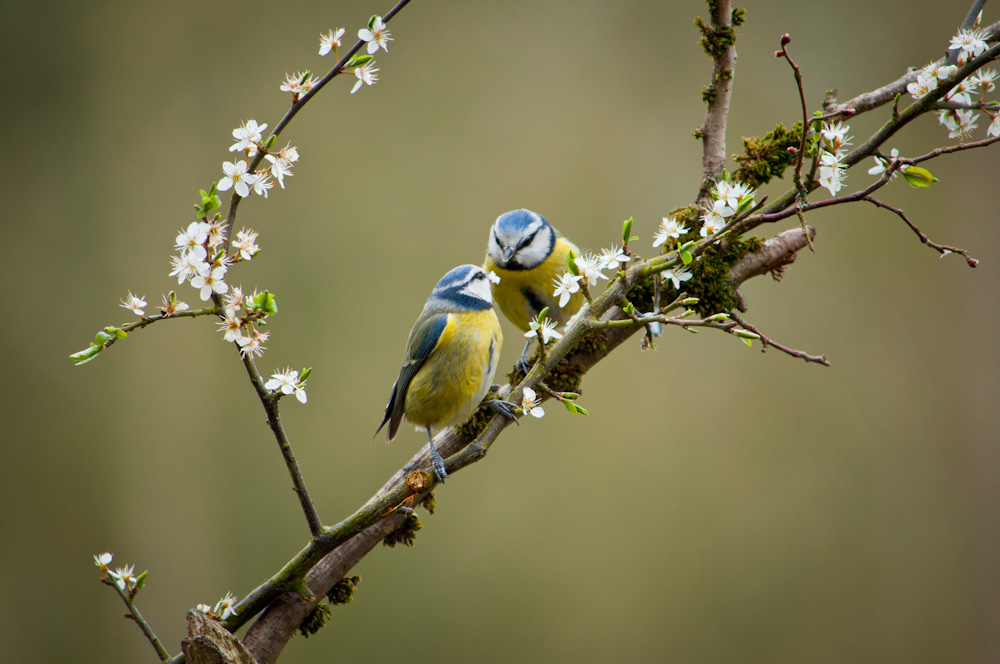 Two blue tits on a branch (David Reynolds) 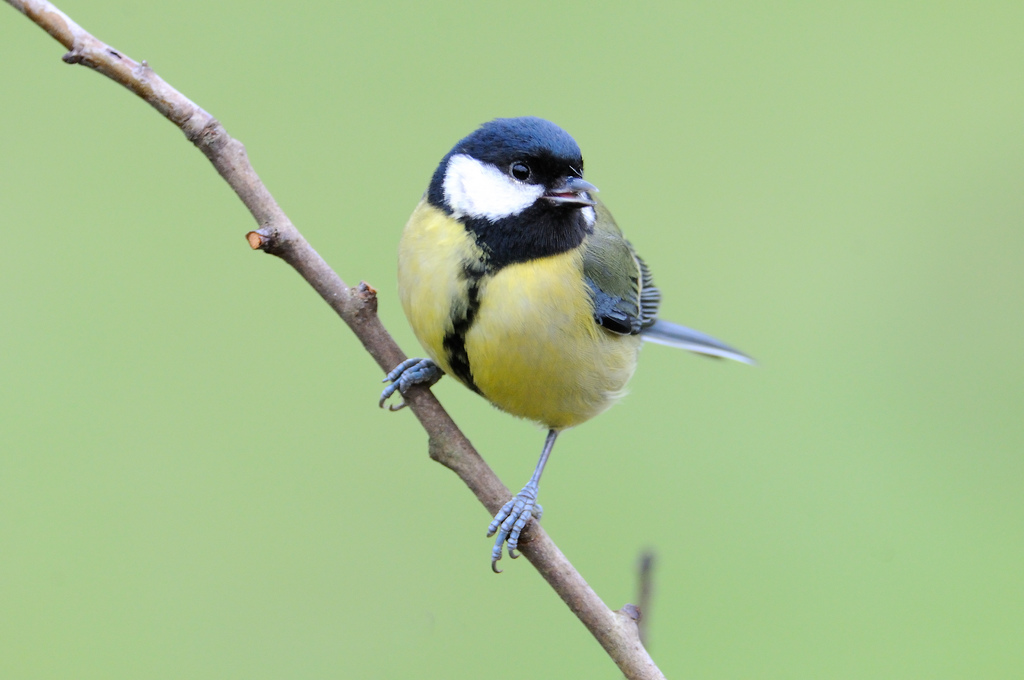 Great tit (Kev Chapman) 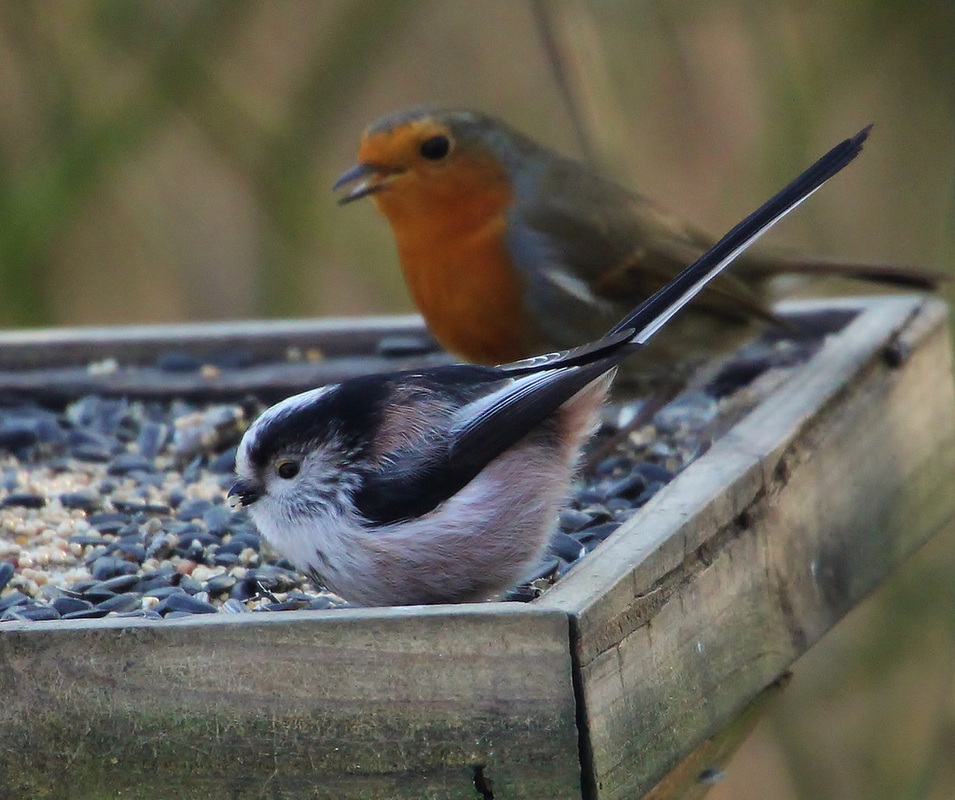 Long-tailed tit and robin (Tony Sutton) 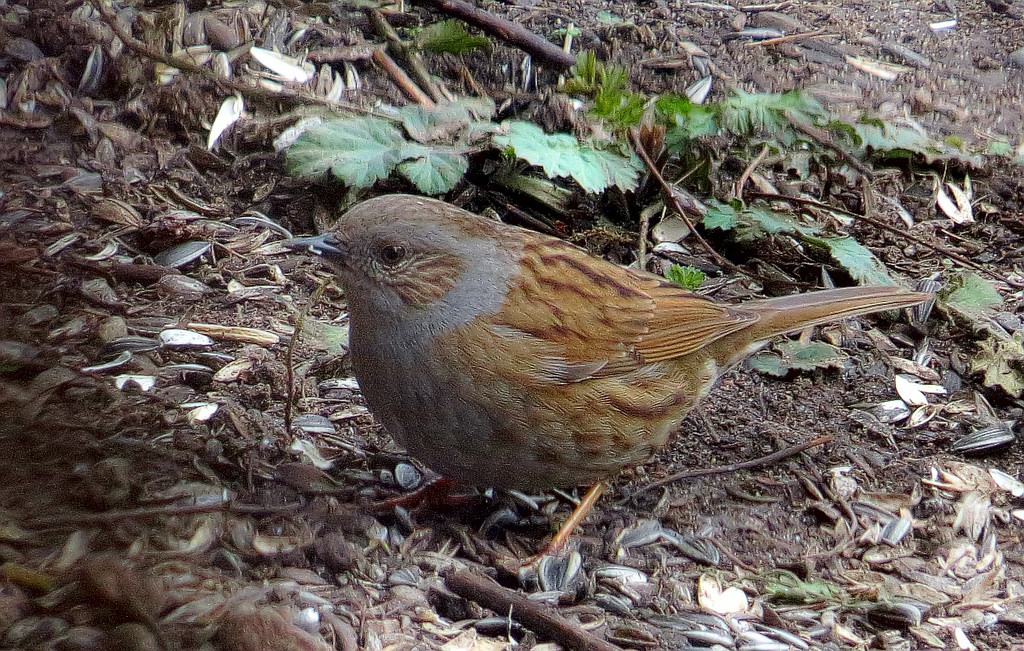 Dunnock (Åsa Berndtsson) 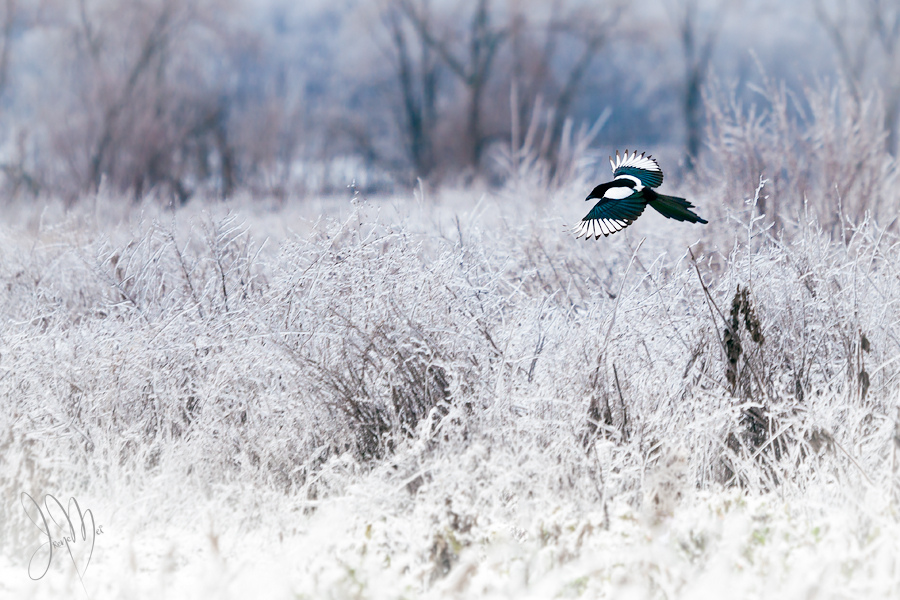 Magpie in flight (Irene Mei) 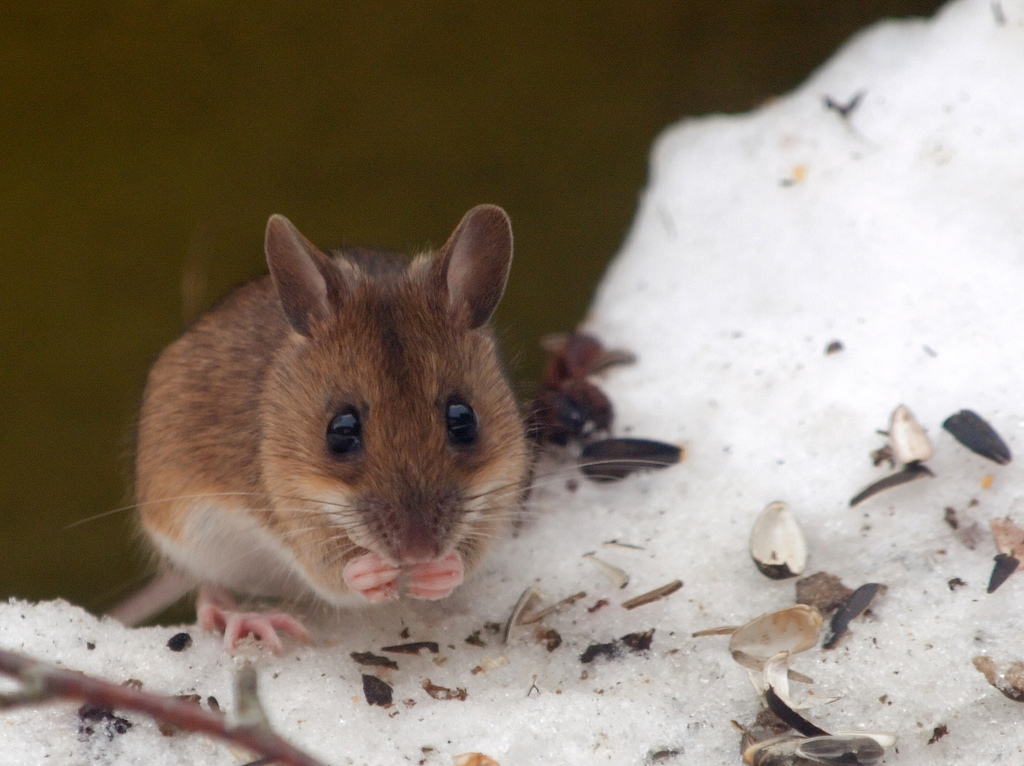 Wood mouse (Erik Jørgensen) |
Beyond our courtyard
| We tried to keep an extra keen eye out for animals and birds this month. Around East Sussex and Kent we saw (in addition to the species in our courtyard): wood pigeons, collared doves, jackdaws, crows, rooks, herons, herring gulls, black headed gulls (they look like they’ve face-planted in black ink), a buzzard, a kestrel, geese flying over, wrens (or other Little Brown Jobs), chaffinches, rabbits, foxes and deer (though these were in a deer farm). We also heard woodpeckers and found owl pellets, though we didn’t see the woodpeckers or the owls. At the end of the month, we were in London and Norfolk. In London we saw (in addition to species mentioned above) a scruffy mouse at a tube station, then in the outer suburbs we saw nuthatches, parakeets and woodpeckers. On the way to Norfolk, we drove past two camels at a funfair, saw many rooks in rookeries, spotted a number of kestrels and a couple of buzzards. During our stay, we spied oystercatchers, a little egret, a skylark (or something equally noisy in flight), moorhens, ducks, house sparrows, several hares (on the last day of February, so they weren’t mad March hares yet), a bar-tailed godwit and a smaller wading bird that might have been a redshank. | 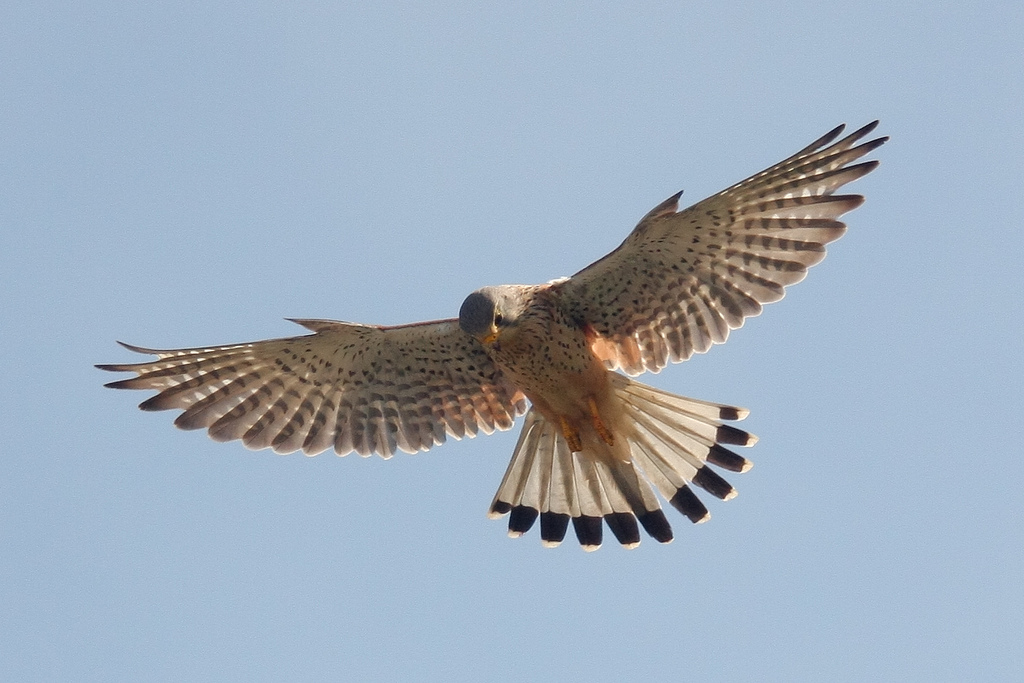 Hovering kestrel (Mark Kilner) 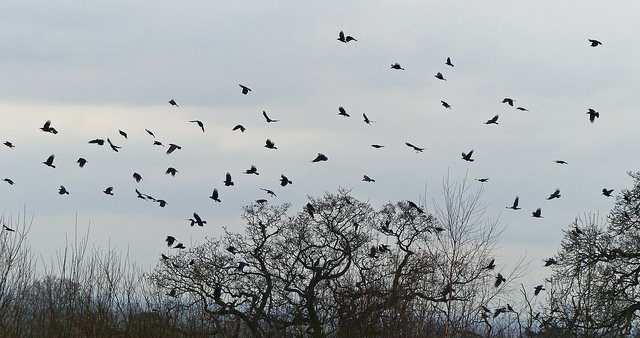 Rooks in flight (timku) 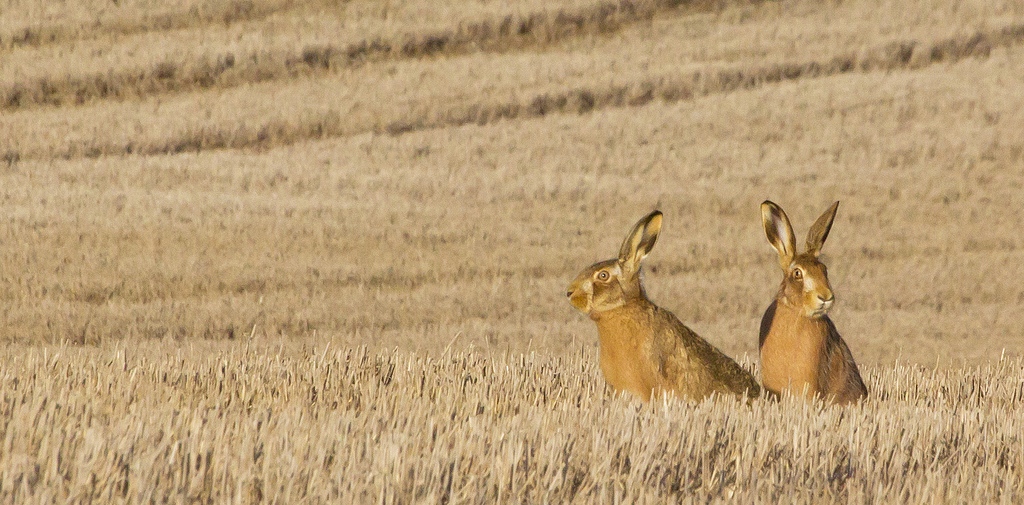 Hares in a stubble field (Ian) |
Wildwood
We had an interesting but cold afternoon wandering around the park. We saw a sleeping otter, then later on we were lucky enough to watch one up close being fed. They have amazingly powerful little teeth and jaws that can bite clean through a person’s fingers. There were a number of deer species and a couple of elk (they have bizarre looking faces). I enjoyed watching the big, hairy bison - they looked like pleasant creatures (though I wouldn’t like to have one charge at me - they’re massive). Dan was quite taken by the lynx, I was in a flap over the little owl. We saw lots of other animals, including storks, Bennett's wallabies (did you know there are colonies of wallabies living wild in the UK?), Scottish wildcats, harvest mouse, beavers, eagle owls, barn owls, wild boar, wild horses, egrets, ravens (they are so much bigger than crows!) and wolves. We all spent a long time looking at the edible dormice (which are much bigger than I expected and look almost like sugar glider possums), but that’s possibly because they were inside, where it was warmer. Oh, and we saw some snoozing badgers, too: success!
I’m always a bit uncomfortable in places like this. The animals aren’t cooped up in concrete boxes for display like in old-fashioned zoos, but they still don’t have a lot of room to move around in. I know that many of them are rescue animals and are better off here (e.g. Wildwood has just raised enough money to rescue two Bulgarian bears), but I didn’t like seeing the wolves pacing around the fence line of their enclosure, or the raven flying from end to end of its little aviary.
Where is the wildlife?
| This was a fun challenge. It reminded us to pay special attention to animals and spend a few extra moments trying to identify them. We were pretty happy with our species total, too - not bad for people who get most of their wildlife knowledge from Springwatch. But during the course of the month, I started to realise just how few animals we were seeing. For example, it seems normal to us to be excited by a skylark, but this was an extremely common bird within living memory. Likewise, it would have been inconceivable to someone doing this challenge in a rural area in the 1980s to not see a hedgehog - not even a squished one on the road. So many of the animals we spotted have experienced alarming declines in population over the last ten, twenty, fifty years. Even house sparrows and starlings are now red listed in the UK . There have been some recent success stories: buzzards and red kites have made a comeback, some birds that live well alongside humans (blue tits, robins, blackbirds) are flourishing and although we didn’t see any wild otters they are also scrabbling back from “the brink of extinction”. But overall, there are huge declines in UK bird populations (especially farmland birds), invertebrate populations worldwide and UK wildlife in general. Something I read this month, which made me stop and think about this issue, was a fascinating piece of community research by a local primary school and conservation volunteers. They'd published a little pamphlet outlining the history of a village water meadow. As part of the research, they’d collected oral histories from local residents, who were first-hand witnesses to the decline of wildlife in the area. One account was from a person who described how as a child they could go to the meadow and see hundreds and hundreds of frogs: now the school children were lucky if they managed to spot a handful. This reminded me of a chapter in Collapse, where Jared Diamond talks about the deforestation of Rapa Nui (Easter Island) and its disastrous effect on the human population there. Reading that story, our inclination may be to wonder why an islander chose to cut down the last tree, what went through their mind when they did so, how they could have destroyed that final specimen of what was once a forest. But Diamond reminds us that this deforestation took generations to complete: the person who felled the last tree had never seen a forest. Such is the case with declining wildlife populations. I think it’s one reason that going out wildlife spotting - with children, with great-grandparents, with migrants, with people from multiple generations, with city people and country people - is so important. It’s one thing to say: “Species X has declined 70% in the last 35 years.” It’s another thing to engage a child in a story: “When I was your age, I would see dozens of Species X on this walk. Why do you think we’ve only seen one pair?” It's not just children who need this. I’ve been in the UK for over three years and I have never seen a (live) wild badger, wild otter or wild hedgehog. I've seen one slow worm and two snakes. I don’t know what else I’m missing. It’s relatively easy to notice what’s there. It’s much harder to notice the absence of something you’ve never seen. So, go wildlife spotting! Talk about what you see. Talk about what you don't see. Talk about why that might be. Talk about what you might be able to do to help wildlife survive and, hopefully, prosper. | 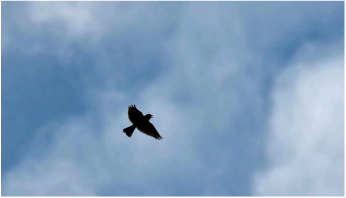 Skylark (Mark Robinson) 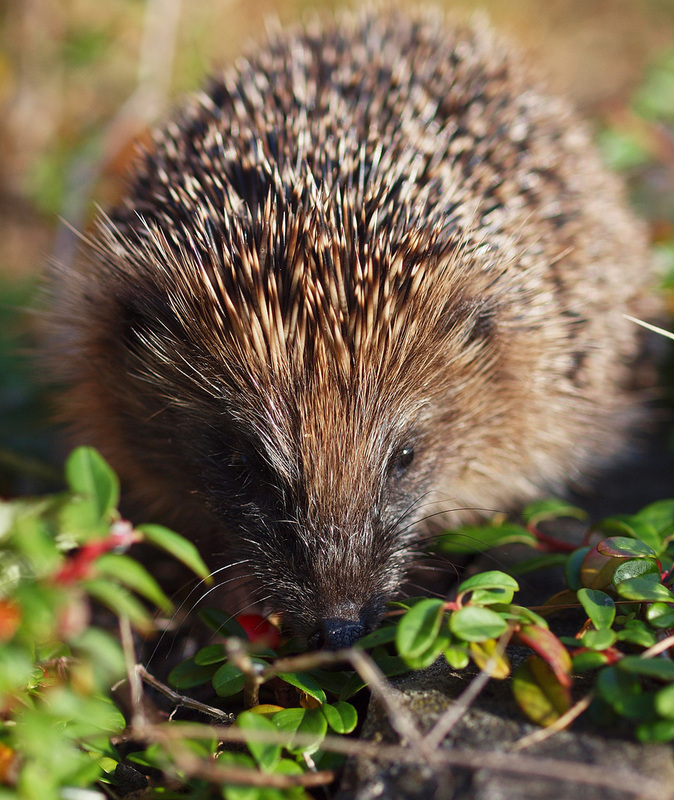 Hedgehog (Johnson Cameraface) 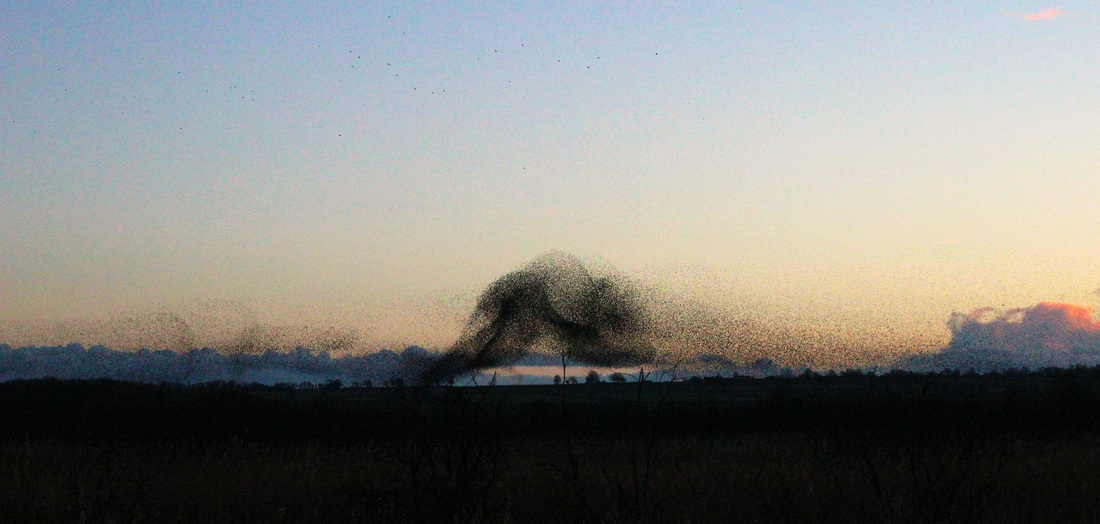 Starling murmuration (Laura Thorne) 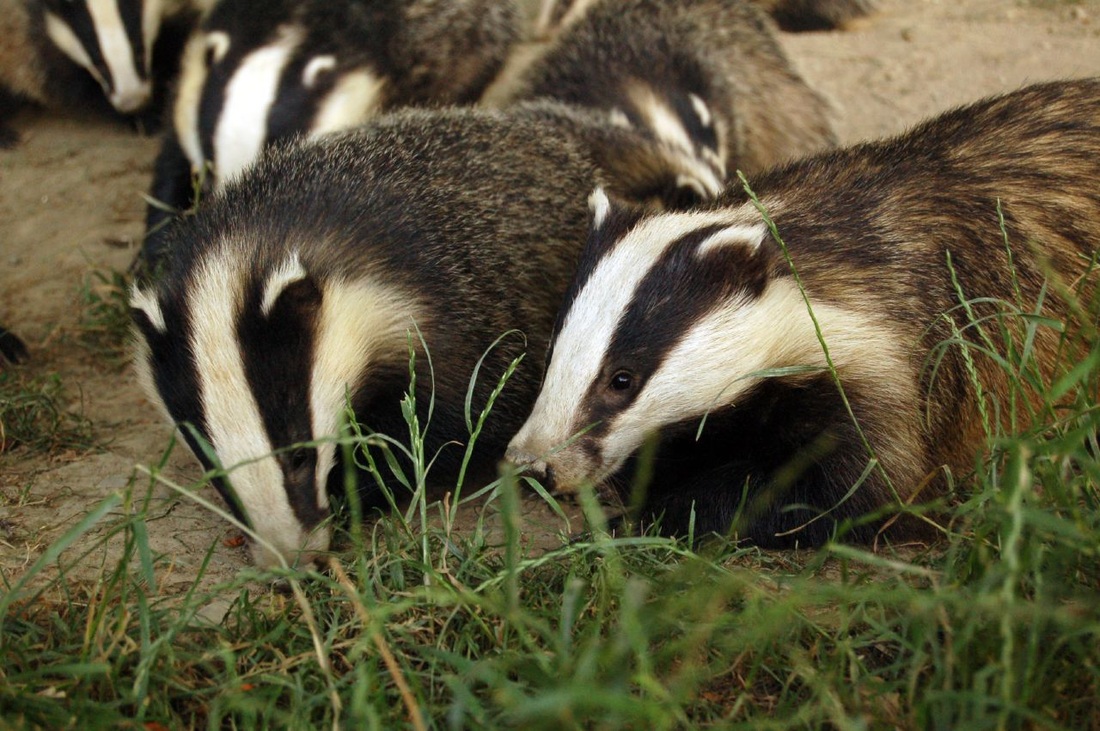 Badgers (Tim Brookes) 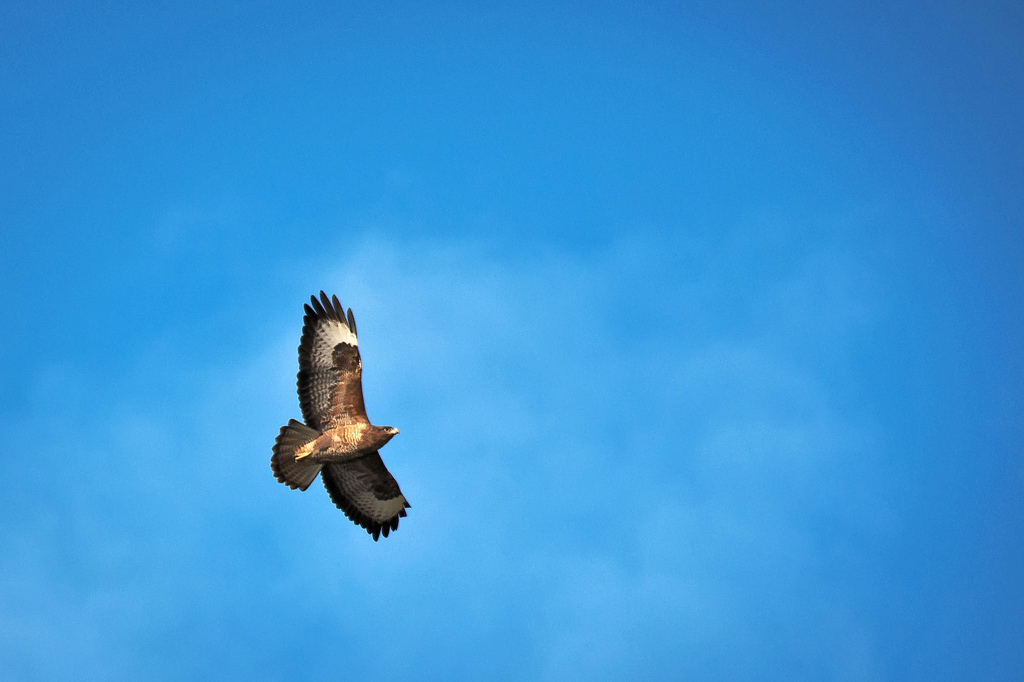 Buzzard (Mark Robinson) 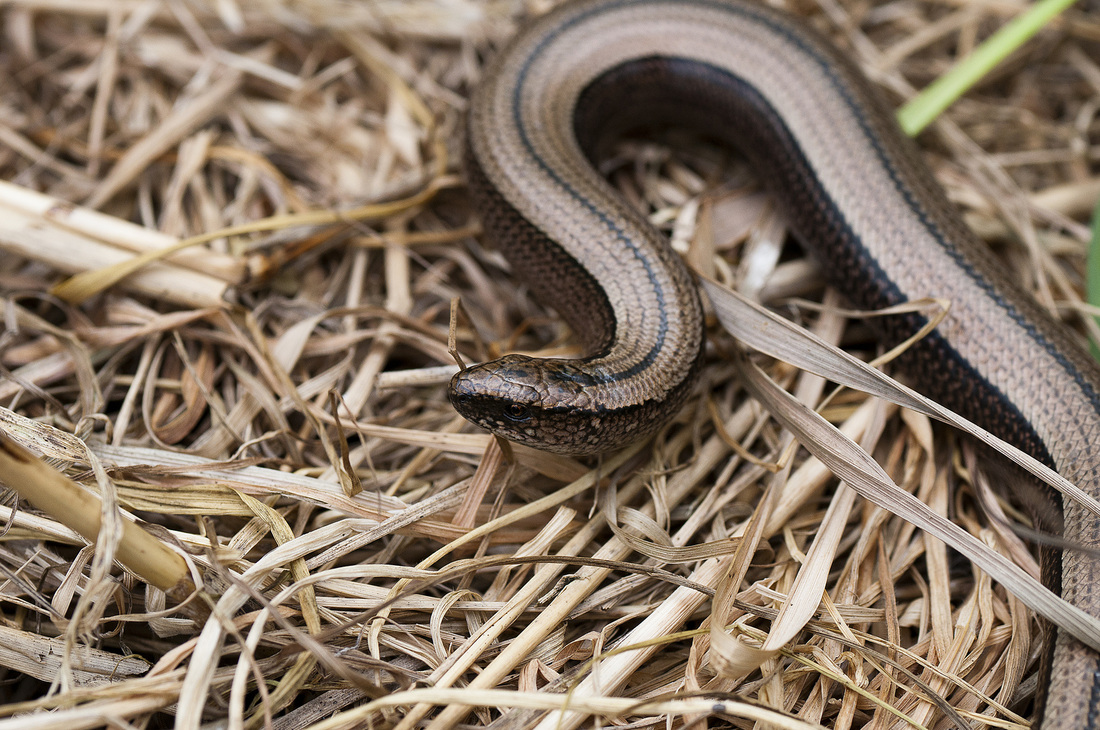 Slow worm (Wilfbuck) 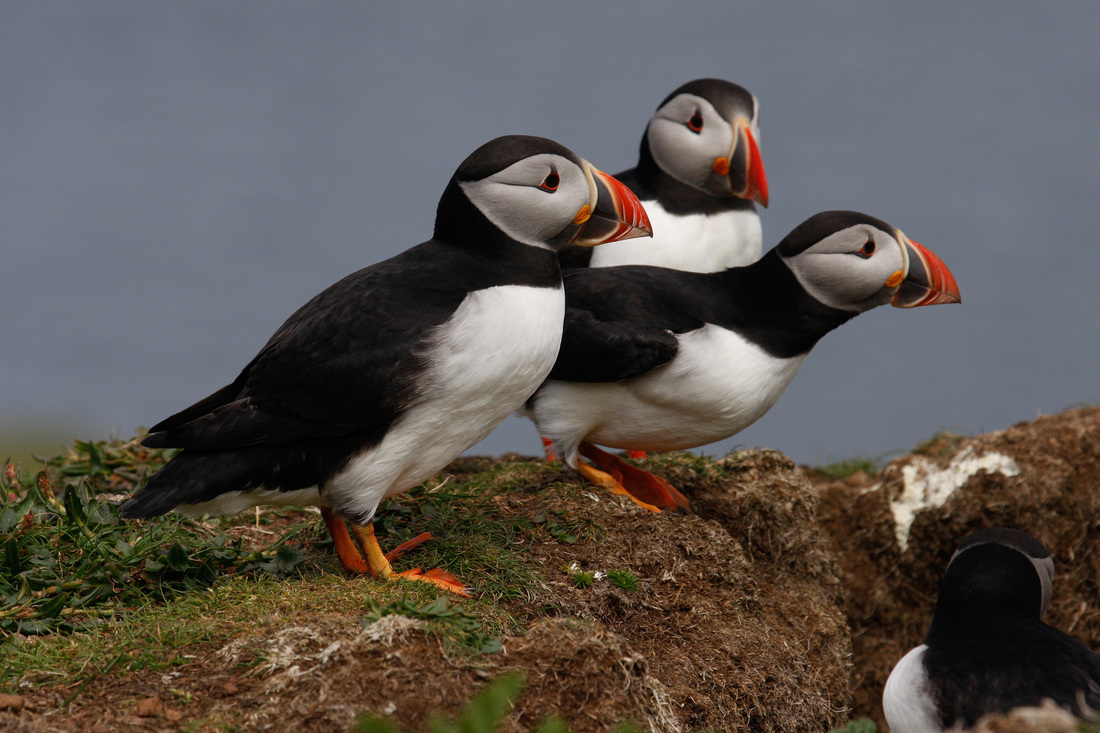 Puffins (James West) |
 RSS Feed
RSS Feed
